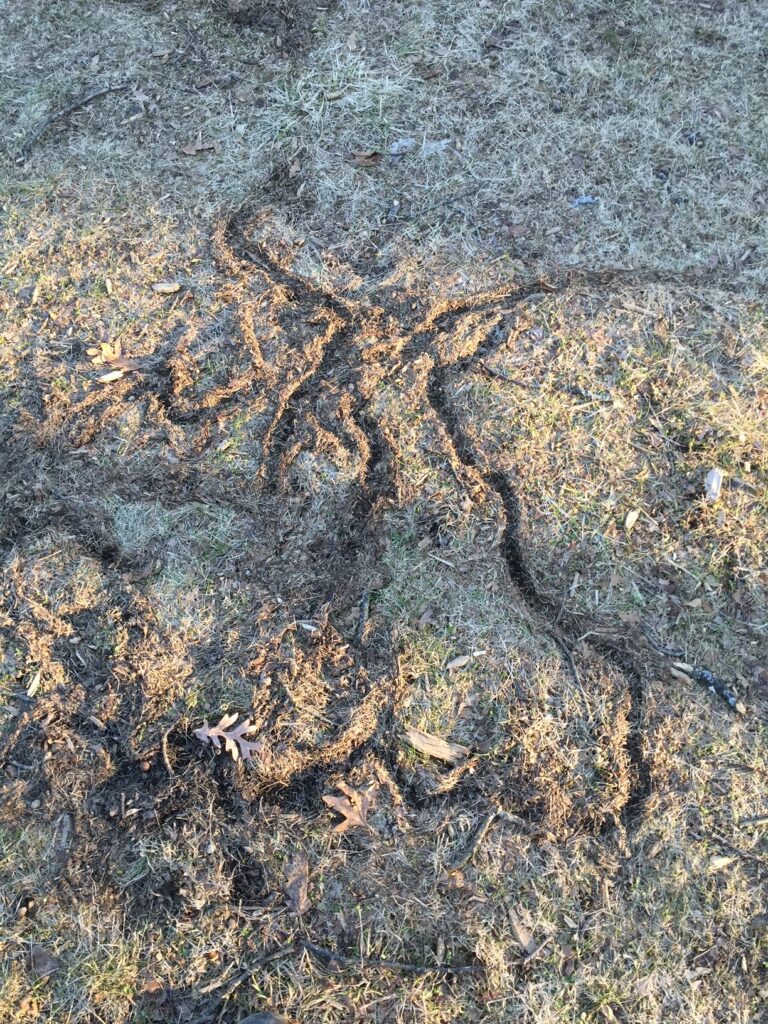Mice and Voles
https://extension.unh.edu/blog/2018/03/mole-or-vole
Mole or Vole?
Now that the snow has melted I’m noticing lots of tunnels in my lawn. Are moles or voles to blame?
WEDNESDAY, MARCH 28, 2018
Once the snow melts, you may be dismayed to find damage to your lawn. While it might be clear that some sort of animal was to blame, which was it? Winter lawn and landscape plant damage is usually due to the activity of moles and meadow voles, both of which are active year-round.
Meadow voles are one of the most significant winter rodent pests in the garden. Meadow voles tend to spend most of their time above ground, forming round tunnels on the surface of the lawn. Though the tunnels themselves may look unsightly, don’t worry about them too much. They will often become less noticeable once the grass begins to grow again. Meadow voles generally do more lasting damage to woody landscape plants than lawns. If you see a lot of vole tunnels in your lawn, take a close look at the base of your trees and shrubs. Meadow voles feed on bark in the winter when live grass and herbaceous plants are unavailable. Vole feeding often girdles branches, trunks and roots, which can kill trees and shrubs if the damage is extensive.

One of the best ways to prevent vole damage in the future is to put wire guards made from ¼” hardware cloth around the base of your trees. It’s also a good idea to mow areas that are close to landscape plantings. Not only do voles tend to spend less time in mowed areas, but they are also more likely to be predated in well-kept lawns than tall grass meadows. If all else fails, voles can also be trapped. Traditional mouse traps with a spring-loaded mechanism work best, and should be baited with peanut butter and apple slices. Place the traps within an active vole tunnel and check back every day or so. For greater success, cover the traps with a shingle or board. Creating shelter like this can make voles more inclined to stop and feed – just make sure the swinging bar has clearance to snap shut.
Unlike voles, moles are insect eaters. They do not feed on landscape plants or lawns but rather on insect larva and earthworms. When moles feed, they create hills and tunnels in the lawn by pushing up the soil. Mole activity often looks more serious and damaging than it truly is. The easiest way to fix this problem is to tamp down or rake out the tunnels. If the moles continue to be an issue throughout the summer, you may want to consider treating your lawn for grubs. By eliminating their food source, the moles will likely move out. If all else fails, harpoon style mole traps can be used to catch individual moles.
In the end, when we build lawns and gardens, we are creating perfect habitat for many small mammals. While moles and voles may be a nuisance, they still have an important ecological role. As long as the damage to your lawn and gardens isn’t extensive, the best and simplest course of action may be to simply leave them alone.